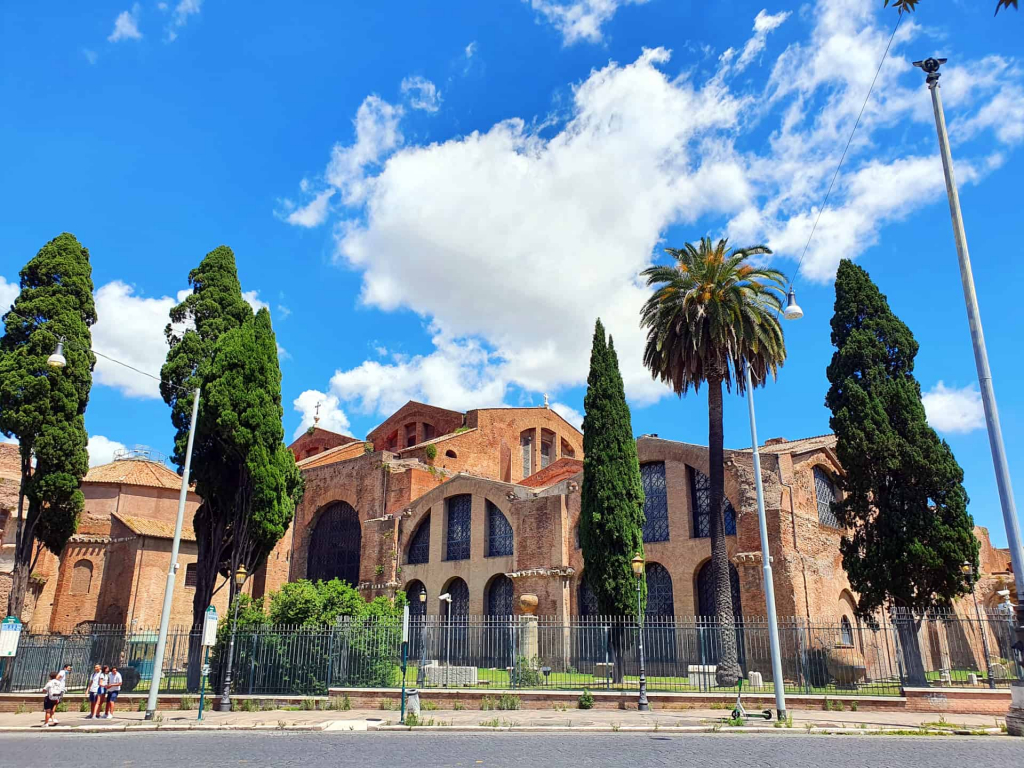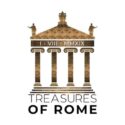
Saint Gregory the Great
Until now, in the history of the Church, 16 popes have been named Gregory. To the first among them, history has given the honorary title of the Great. It is a sign that he is an extraordinary person, whose influence is of lasting value through all times.
Gregory I lived and worked in very difficult and complex circumstances. Yet his work was remarkable, all thanks to his tireless zeal, the reputation that flowed from his holiness and rich personality, his extraordinary talent for administration. The results of his 14-year pontificate were extremely great, not only for those but also for later times.
He gained a strong reputation for Peter’s See, both in the West and in the East. It laid the foundation for relations with the imperial authorities in Byzantium, on the basis of greater dignity and greater freedom, especially in the spiritual realm. He worked on the conversion of the Lombards (Langobards) in Italy, and the Angles in Britain by sending Augustinus of Canterbury with 39 other monks to England. In life, he was a teacher to the people, monks, clergy, and bishops, and after his death, he did so with his numerous written works.
Gregory was born around 540, in Rome, in an old and respectable Roman senatorial family, which distinguished itself by its involvement in religious and ecclesiastical life. Although deeply attached to the Roman Empire, his cleverness found a way to annex and baptize Germanic tribes invading from the west and south. Thus Rome under his rule became the missionary center of the West.
In Rome in his native house, he founded a monastery dedicated to St. Andrew, and on the estate in Sicily, which he inherited from his father a total of six Benedictine monasteries.
He began his career in the city administration and eventually became a senior government official, a Roman prefect, and then in the 575 a monk. In his monastery of St. Andrew, known today as part of the church San Gregorio Magno, he immersed himself in prayer, calmness, and study.

Saint Gregory the Great in Santa Maria del Popolo (Rome)


Saint Gregory the Great in San Gregorio Magno (Rome)
Soon Pope Pelagius II appointed him his envoy to Constantinople, where he had the task of contributing to the complete suppression of Monophysitism, heresy, and to persuade the emperor by his diplomatic efforts to intervene in the suppression of the invading Lombards. Gregory saw in the Lombards disoriented people who should be accepted as brothers, proclaim the word of God to them, and in this way awaken in them the noblest things.
Upon his return to Rome, he returned to the convent, but still as a papal adviser, taking care of correspondence with the East. At that time, great natural disasters reigned in Rome: floods, famine, and plague, which took the life of Pope Pelagius II, as well. Gregory was elected against his will and resolute opposition as Pelagius’ successor in Peter’s Chair. Thus, becoming the first monk to be elected as pope. After being elected he tried to flee Rome, to live as a hermit, but was caught in the process, because of a ray of light, filled with angels. His pontificate officially began on 03.09.590.
The new pope ordered a solemn penitential procession to be held, in order to pray for God’s mercy. On that occasion, Gregory delivered his first sermon to the faithful. In it, he made an effort, to comfort, encourage and direct their hearts to God, prayer, and obedience.
During a plague procession in 590, the Archangel Michael appeared above the mausoleum of emperor Hadrian and announced the end of the plague by sheathing a bloody sword. Since then the building is known as Castel Sant’Angelo.
Gregory helped and fed the poor, redeemed the captives, bought armistices. He spread justice and solidarity and introduced general discipline. He introduced order on church property, and introduced celibacy for priests, and worked diligently on their spiritual renewal, which gave great results.
In addition to all his social, political, and cultural work, he left behind 854 letters that speak of his multiple and versatile activities, as well as many important works, mostly in the field of interpretation of the Bible and his numerous homilies, inspired by the books of the Bible and the writings of St. Augustine, whom he greatly esteemed and respected. He was inspired to write these works by the Holy Spirit in the form of a dove. This was confirmed by the deacon Peter, by vowing on the Gospel and dying immediately afterward.

His Pastoral Rule (eng. Care, Liber Regulae Pastoralis) is also emphasized, a work he wrote a few years after he became Pope, in which he clearly accentuate the important role of pastors, ie their primacy in serving and encouraging the good. In his works, he is very happy to talk about angels, the devil, heaven, hell, miracles, in which he differs from the high spirituality of Greek and Latin patristic.
Gregory was also a great restorer of worship. He gave to the Roman canon Masses, which still exist today. It originates from him and is named after him as the sacrament of Gregory.
He is the restorer of liturgical singing and the founder of the Roman school of singers. Pius Parsch, delighted with Gregory’s liturgical work, believes that in this area he is the greatest of all popes, who teaches us to shape our lives according to the liturgy.
Gregory, both as pope and in the midst of his greatest activity, was a great mystic who constantly mourned for a calm contemplative religious life. This gave his ministry a special charm, and his numerous spiritual writings deeply influenced the medieval piety.
Gregory died full of merit on March 12, 604. His voice of holiness was enjoyed already during his life, and after death, it only increased. Pope Boniface VIII proclaimed Gregory a church teacher in 1295.
He is revered as the protector of the plague, gout, musicians and singers, teachers and educators, masons, stonemasons, the papacy, etc. All the traditions, put Gregory in the big four of the Western Holy Fathers: Ambrose, Jerome, Augustine, Gregory the Great.

Saint Gregory the Great in Santa Francesca Romana (Rome)

Treasures of Rome – Rome Guided Tours
Roberto Alois Lautenschlager Kung
[email protected]
Partita IVA: 17002181000
“ROMA AETERNA EST”
Rome is eternal – (Albius Tibullus)






